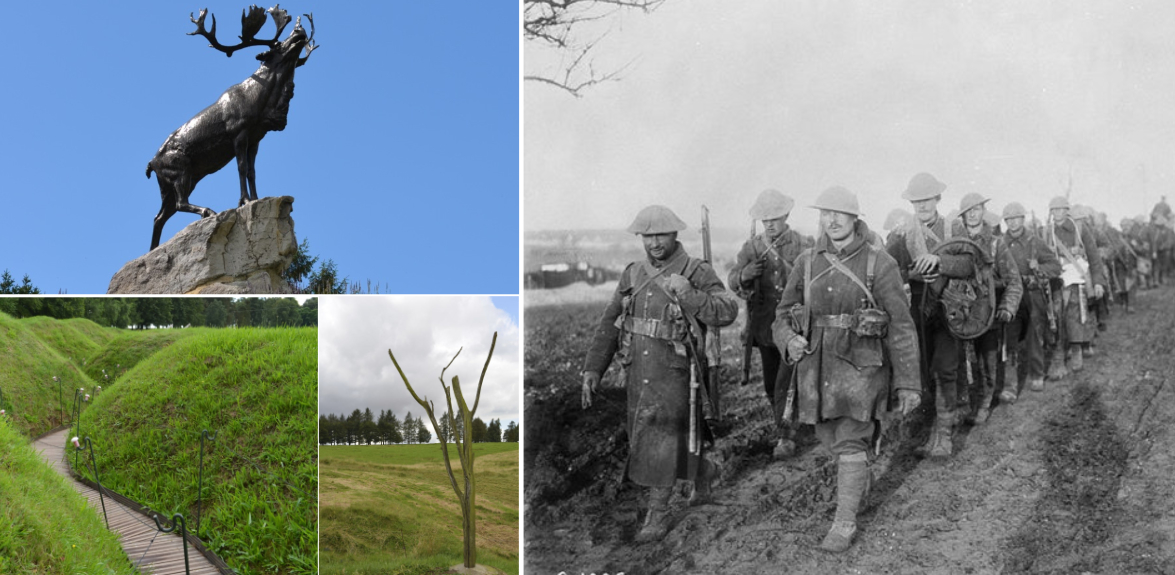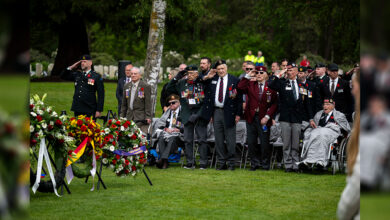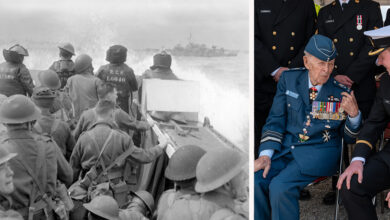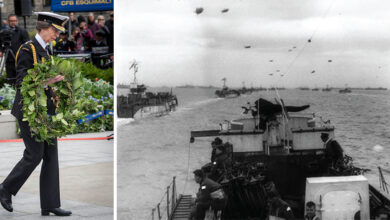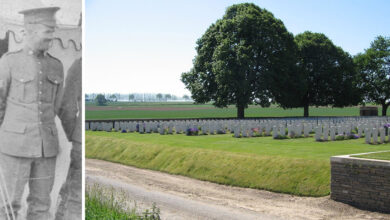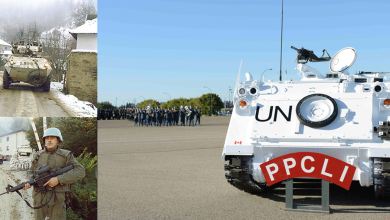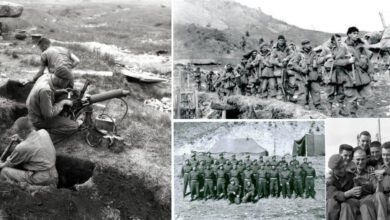History
Remembering those lost in the Battle of Beaumont-Hamel
Across Canada, July 1 is a day of celebration as people celebrate Canada Day. However, in Newfoundland and Labrador, this day is also know as Memorial Day, because July 1 marks the first day of the Battle of Beaumont-Hamel, which was the start of the Battle of the Somme in the First World War.
When the First World War broke out, Newfoundland was not yet part of Canada, but instead part of the British Empire. Like Canada, when Britain declared war, they were drawn into the war as well. Approximately 12,000 people from Newfoundland enlisted in the war. The Newfoundland Regiment that was assembled, known as the Blue Puttees for the colour of their uniform leggings, were sent to Europe October of 1914.
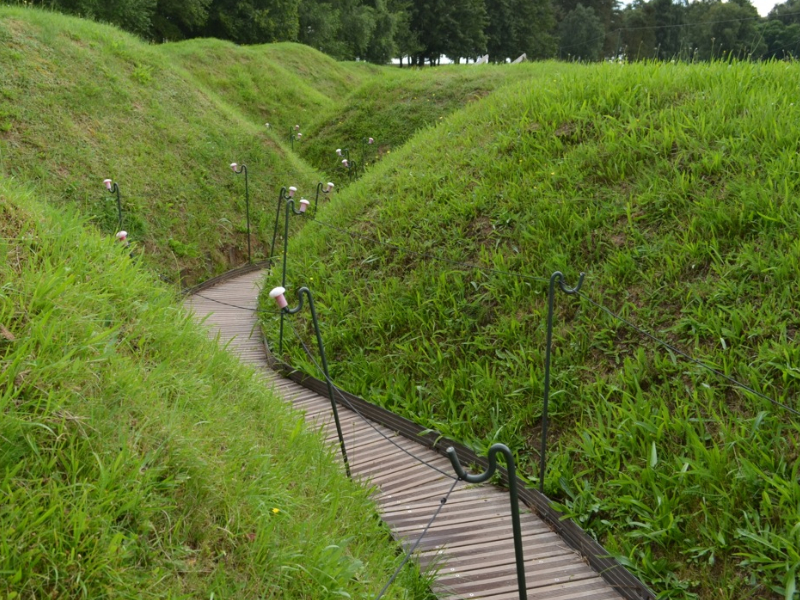
Ending a Stalemate
On July 1, 1916, in an effort to end the stalemate at the front, British and French troops began an advance across No Man’s Land – the area of land located between the two opposing sides of the war, surrounded in trenches and guarded by lookouts, snipers, mines, and more.
Within thirty minutes of starting their attack, the Newfoundland Regiment was nearly decimated by German fire. The soldiers noticed that German fire was particularly intense from a specific tree in the battlefield, which they named the Danger Tree. Many members of the Newfoundland Regiment died near the tree.
This marked the start of the Battle of the Somme, which lasted four long, bloody months. It was also the single bloodiest day ever experienced by the British Army, with 57,000 British and Commonwealth soldiers dead, wounded or missing.
The Newfoundland Regiment was stationed near the town of Beaumont-Hamel on this day. It was supposed to be a surprise attack, but unfortunately, the Germans knew they were coming. The Regiment had to travel through a support trench some 200 metres behind the front line in order to attack. The trenches in the front were blocked by the dead and the injured to pass through.
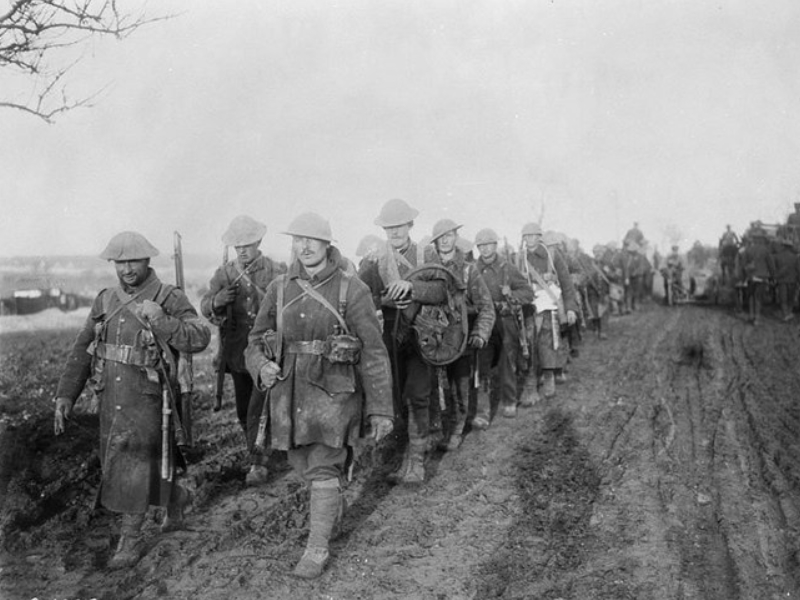
Within Thirty Minutes
Within thirty minutes of starting their attack, the Newfoundland Regiment was nearly decimated by German fire. The soldiers noticed that German fire was particularly intense from a specific tree in the battlefield, which they named the Danger Tree. Many members of the Newfoundland Regiment died near the tree. It was noted by others there that the Newfoundland troops just tucked their chins in and kept marching even with the bullets flying through the air.
According to the Veterans Affairs Canada website the Commander of the 29th British Division commented on the soldiers bravery, “was a magnificent display of trained and disciplined valour, and its assault only failed of success because dead men can advance no further.”
By the End of the Battle
By the end of the Battle of the Somme, approximately four months after it started with the Battle of Beaumont-
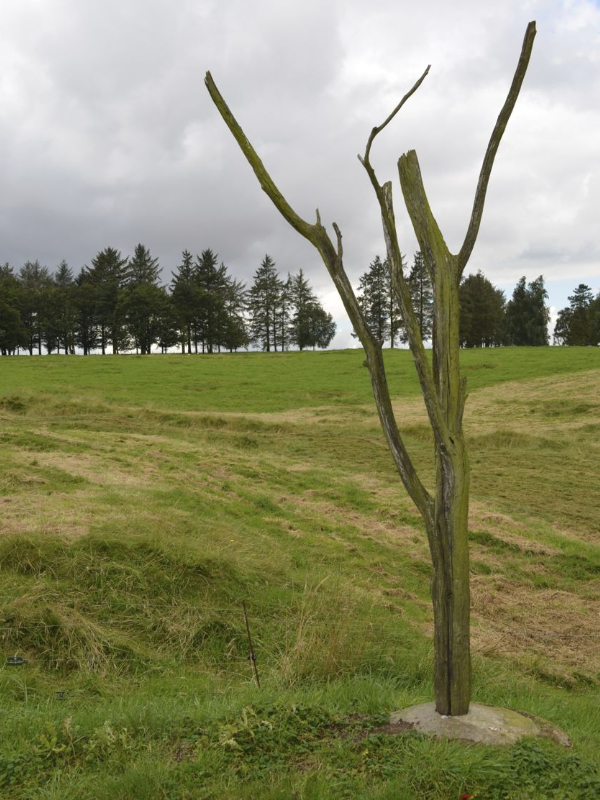
Hamel, approximately 650,000 Allied soldiers were dead, wounded, missing, or taken prisoner. Both the Allies and the Germans lost 200,000 lives each. Sadly, the only achievement made by the Battle of the Somme was that the Allied Front Line moved ahead by about 10 km.
Of the 800 soldiers from Newfoundland who went into battle on July 1 at Beaumont-Hamel, only 68 were able to answer roll call the next morning. More than 700 of them were dead, missing, or wounded.
However, the Regiment would go on to earn the official distinction of “Royal” after their actions in Ypres and Cambria, an achievement that no other unit in the British Army was able to achieve during the war years.
Six thousand two hundred people from Newfoundland would serve in the Royal Newfoundland Regiment. Of them, 1,300 would die, and 2,500 would be wounded. The loss of such life, along with so many wounded, took a significant toll on Newfoundland.
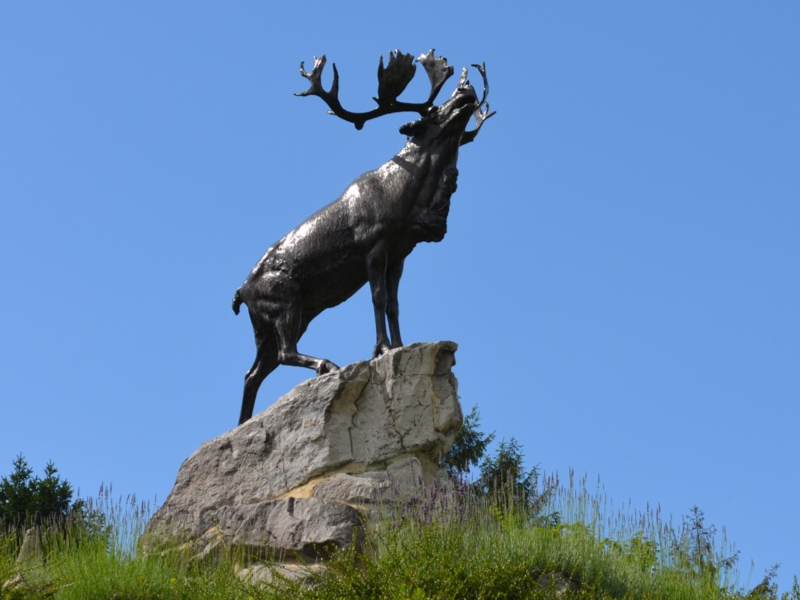
Remembering the Fallen
For this reason, Newfoundlanders pauses on Canada Day, to remember those who sacrificed so much.
In France, at the Beaumont-Hamel Newfoundland Memorial, there is a great bronze Caribou that stands on the highest point overlooking the battlefields. The caribou was the emblem of the Royal Newfoundland Regiment. It is one of the few places where the artillery craters and trenches from the First World War can still be seen.


